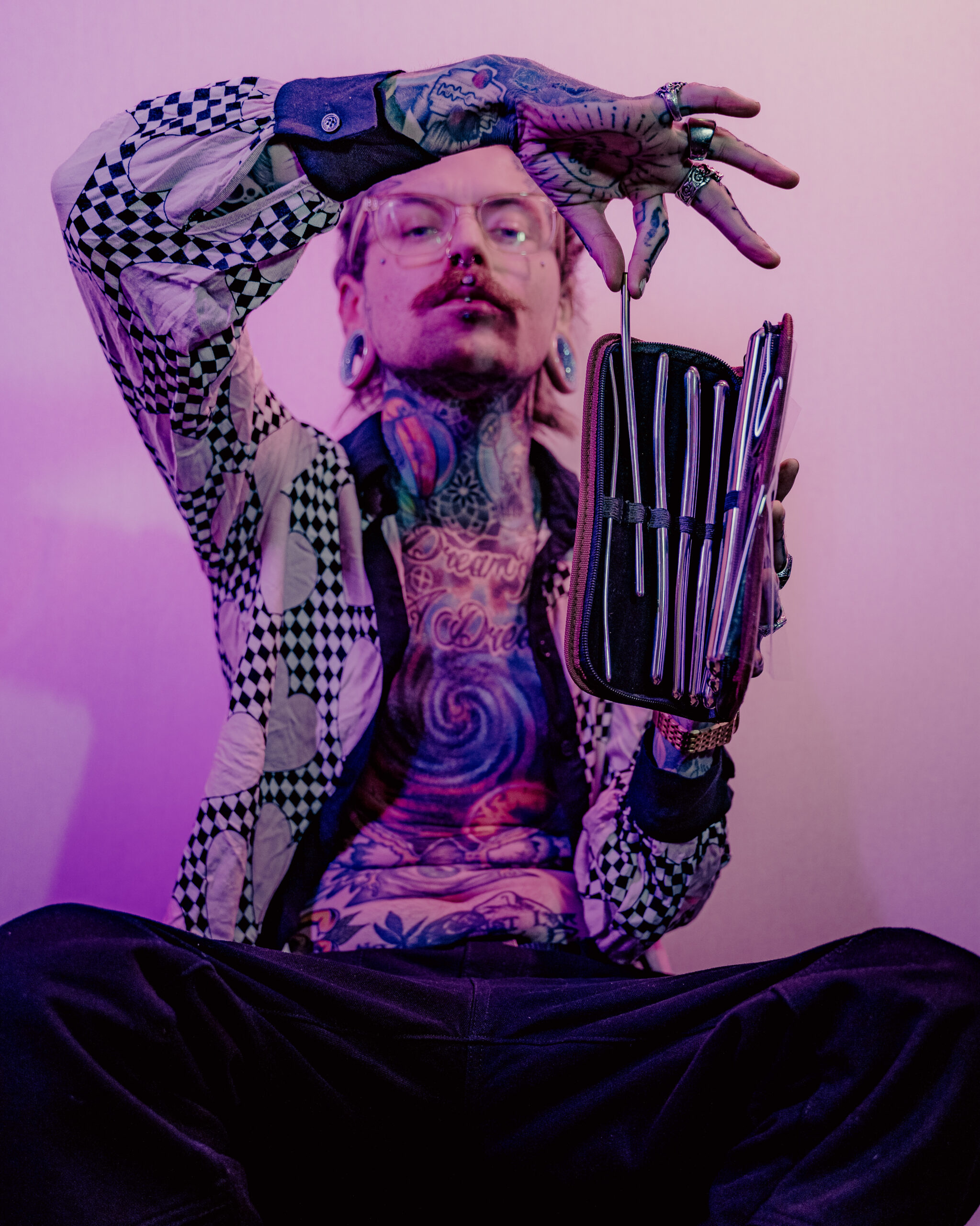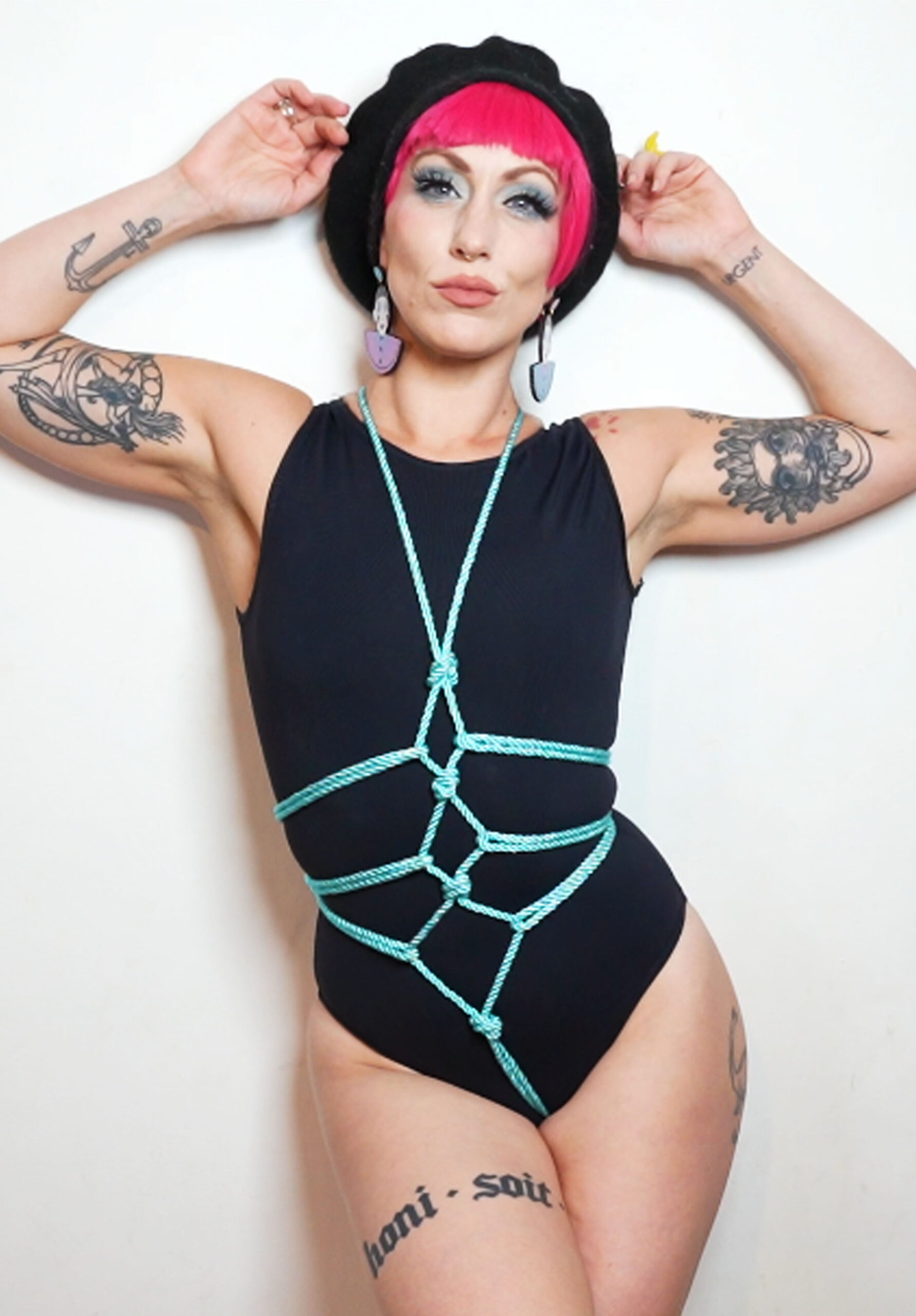Defining Pansexuality
Pansexuality is a sexual orientation characterized by romantic, emotional, and/or sexual attraction to individuals regardless of their gender identity or expression. Unlike bisexuality which traditionally refers to attraction to two genders, pansexuality encompasses attraction to all genders, including transgender, non-binary, and genderfluid individuals.
Meaning and Definition
Pansexuality is a sexual orientation characterized by romantic, emotional, and/or sexual attraction to individuals regardless of their gender identity or expression. Unlike bisexuality which traditionally refers to attraction to two genders, pansexuality encompasses attraction to all genders, including transgender, non-binary, and genderfluid individuals.
Here are some key points to understand about pansexuality:
- Attraction is based on individual qualities rather than gender.
- Pansexual people may be attracted to people of any gender identity or expression.
- Pansexuality is distinct from bisexuality, although the terms are sometimes used interchangeably.
- Like all sexual orientations, pansexuality is a spectrum and experiences can vary greatly among individuals.
Distinction from Other Sexual Orientations
Pansexuality is a sexual orientation characterized by attraction to people regardless of their gender identity or expression. Unlike bisexuality, which often refers to attraction to two genders, pansexuality encompasses attraction to all genders, including transgender, non-binary, and genderfluid individuals.
It’s important to note that attraction for pansexual individuals is based on individual qualities rather than gender. A pansexual person might be attracted to someone based on their personality, sense of humor, or shared interests, regardless of their gender identity.
Experiences and Expressions of Pansexual Identity
Pansexuality is a multifaceted sexual orientation defined by attraction to people irrespective of their gender identity or expression. Unlike bisexuality, which typically refers to attraction to two genders, pansexuality embraces attraction to all genders, encompassing transgender, non-binary, and genderfluid individuals.
Diversity within the Pansexual Community
Pansexuality is a diverse community with a range of experiences and expressions. Some pansexual individuals may identify as strictly sexual, while others may have romantic or emotional attractions that align with their sexuality. Some may choose to openly express their pansexuality through clothing, relationships, or social activism, while others may prefer to keep it private.
Within the pansexual community, there are variations in how individuals understand and experience their attraction. Some pansexual people may be attracted to all genders equally, while others may find themselves more drawn to certain gender expressions or identities. This fluidity and diversity are integral parts of what make pansexuality a rich and multifaceted sexual orientation.
It is essential to remember that every individual’s experience with pansexuality is unique. There is no single “right” way to be pansexual, and individuals should be respected for how they choose to express and understand their own identities.
Intersectionality with Other Identities
Pansexuality is a sexual orientation characterized by romantic, emotional, and/or sexual attraction to individuals regardless of their gender identity or expression. Unlike bisexuality which traditionally refers to attraction to two genders, pansexuality encompasses attraction to all genders, including transgender, non-binary, and genderfluid individuals.
- Attraction is based on individual qualities rather than gender.
- Pansexual people may be attracted to people of any gender identity or expression.
- Pansexuality is distinct from bisexuality, although the terms are sometimes used interchangeably.
- Like all sexual orientations, pansexuality is a spectrum and experiences can vary greatly among individuals.
It’s important to note that attraction for pansexual individuals is based on individual qualities rather than gender. A pansexual person might be attracted to someone based on their personality, sense of humor, or shared interests, regardless of their gender identity.
Within the pansexual community, there are variations in how individuals understand and experience their attraction. Some pansexual people may be attracted to all genders equally, while others may find themselves more drawn to certain gender expressions or identities. This fluidity and diversity are integral parts of what make pansexuality a rich and multifaceted sexual orientation.
Understanding Attraction in Pansexuality
Pansexuality is a sexual orientation defined by attraction to individuals regardless of their gender identity or expression. Unlike bisexuality, which often focuses on attraction to two genders, pansexuality encompasses attraction to all genders, including those who are transgender, non-binary, and genderfluid.
Beyond Gender Binary Considerations
Pansexuality is a sexual orientation defined by attraction to individuals regardless of their gender identity or expression. Unlike bisexuality, which often focuses on attraction to two genders, pansexuality encompasses attraction to all genders, including those who are transgender, non-binary, and genderfluid.
It’s important to understand that pansexual attraction is based on individual qualities rather than gender.
- Personality traits
- Shared interests
- Sense of humor
These factors play a role in shaping attraction for pansexual individuals, just as they do for people of all sexual orientations.
Like all sexual orientations, pansexuality exists on a spectrum. Some pansexual individuals may experience equal attraction to all genders, while others might find themselves more drawn to certain gender expressions or identities.
This fluidity and diversity are what make pansexuality such a rich and multifaceted sexual orientation.
Fluidity and Change over Time
Pansexuality is a sexual orientation characterized by attraction to individuals regardless of their gender identity or expression. Unlike bisexuality, which often refers to attraction to two genders, pansexuality encompasses attraction to all genders, including transgender, non-binary, and genderfluid individuals.
A core aspect of pansexuality is that attraction is based on individual qualities rather than gender. A pansexual person might be drawn to someone’s personality, sense of humor, or shared interests, regardless of their gender identity.
It’s important to understand that pansexuality is a spectrum. Some individuals may experience equal attraction across all genders, while others might find themselves more drawn to certain gender expressions or identities. This fluidity and diversity are integral parts of what make pansexuality a rich and multifaceted sexual orientation.
Just like with any other sexual orientation, individual experiences within the pansexual community vary greatly. Some pansexual individuals may openly express their identity through clothing, relationships, or activism, while others might choose to keep it private.

Social and Cultural Perceptions of Pansexuality
Social and cultural perceptions of pansexuality have evolved over time but continue to be shaped by societal norms and understandings of gender and sexuality. Historically, pansexuality has been met with misunderstanding and prejudice, often conflated with bisexuality or viewed as a phase. In recent years, there has been growing awareness and acceptance of pansexuality, driven in part by increased visibility and representation within media and popular culture.
Historical Context and Evolution

Social and cultural perceptions of pansexuality have evolved over time but continue to be shaped by societal norms and understandings of gender and sexuality. Historically, pansexuality has been met with misunderstanding and prejudice, often conflated with bisexuality or viewed as a phase.
In recent years, there has been growing awareness and acceptance of pansexuality, driven in part by increased visibility and representation within media and popular culture. However, challenges remain, including misconceptions about the definition and nature of pansexuality, as well as stigma and discrimination experienced by individuals who identify as pansexual.
As society becomes more inclusive and understanding of diverse gender identities and sexual orientations, it is essential to foster education and promote accurate information about pansexuality to combat prejudice and create a more accepting environment for all individuals.
Challenges and Stigma
Social and cultural perceptions of pansexuality have evolved over time, but still face challenges and stigma. Historically, pansexuality has been misunderstood and often conflated with bisexuality or dismissed as a phase.
Growing awareness and acceptance are emerging, partly due to increased representation in media and popular culture. However, misconceptions about its definition persist, leading to stigma and discrimination against pansexual individuals.
It’s crucial to promote education and accurate information about pansexuality to combat prejudice and foster a more inclusive society that respects all sexual orientations.
Representation and Visibility of Pansexual People
Representation and visibility of pansexual people have increased in recent years, but there is still work to be done. While traditional media often simplifies or misrepresents pansexuality, growing visibility in film, television, literature, and online spaces allows for more nuanced portrayals and a better understanding of this diverse sexual orientation.
Media Portrayals and Impact
Representation and visibility of pansexual people in media have been gradually increasing, but there’s still a long way to go. Traditional media often falls short, resorting to stereotypes or simplistic portrayals that fail to capture the complexity of pansexuality.
However, progress is being made. More films, television shows, books, and online platforms are featuring pansexual characters in authentic and nuanced ways. These representations help break down harmful stereotypes, foster understanding, and create a more inclusive media landscape.

The impact of positive representation is significant. Seeing oneself reflected in media can be incredibly validating for pansexual individuals, helping them feel seen, accepted, and understood. It also educates broader audiences about pansexuality, promoting empathy and challenging misconceptions.
However, it’s crucial to remember that accurate representation goes beyond simply including pansexual characters. It requires thoughtful development of complex and well-rounded characters who are not defined solely by their sexual orientation.
Pansexual characters should be allowed to explore a wide range of experiences, relationships, and storylines, just like characters of any other sexual orientation.
Advocacy and Activism
Representation and visibility are crucial for the well-being and acceptance of pansexual people. Historically, pansexuality has been marginalized and misunderstood, often conflated with bisexuality or viewed as a fleeting phase. Increased visibility in media, popular culture, and online spaces is helping to challenge these misconceptions and foster greater understanding.
Positive representation matters. Seeing oneself reflected authentically in media can be incredibly empowering for pansexual individuals, fostering a sense of belonging and validating their experiences. It also educates broader audiences about pansexuality, breaking down stereotypes and promoting empathy.
Advocacy and activism play a vital role in advancing the rights and recognition of pansexual people. Organizations dedicated to LGBTQ+ issues often include pansexual representation and support, working to ensure that policies, legislation, and social attitudes are inclusive of all sexual orientations.
Individuals can contribute to this progress by educating themselves about pansexuality, speaking out against prejudice, supporting pansexual creators and artists, and advocating for inclusive policies and practices in their communities.
sounding toy
Elizabeth Rohrbaugh
Thstrm
- Bum Filler Injections In Epsom Surrey - September 16, 2025
- How To Lift Your Smile With A Simple Cosmetic Procedure - September 14, 2025
- Bria Vinaite Quotes - September 13, 2025
